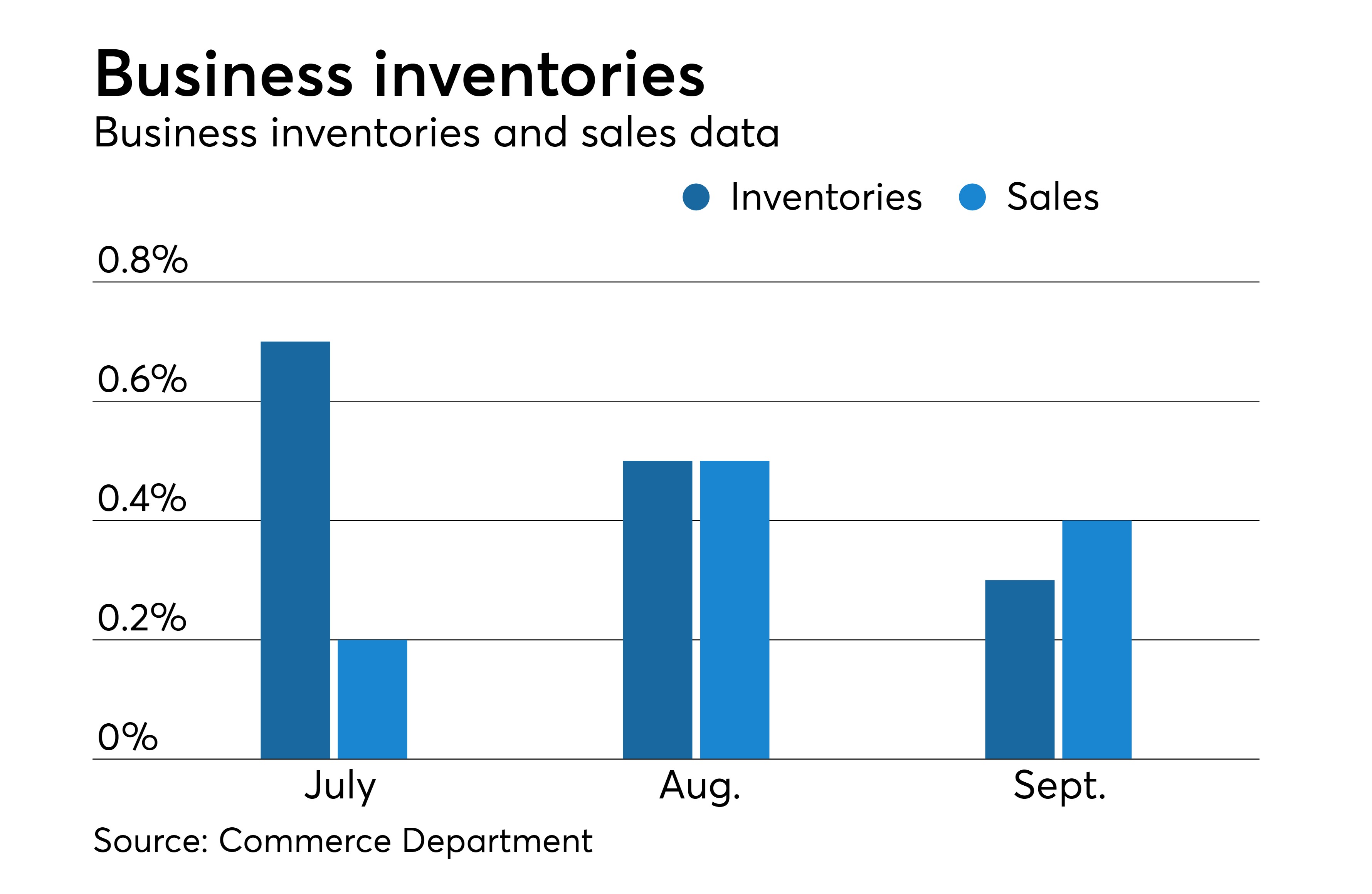Business inventory august 2019 – Business inventory management is a crucial aspect of any successful business. In August 2019, businesses must prioritize inventory optimization techniques, forecasting and demand planning, and inventory control to maximize efficiency and minimize losses.
This comprehensive guide explores best practices, case studies, and innovative solutions to help businesses optimize their inventory management strategies for enhanced profitability and customer satisfaction.
Business Inventory Management in August 2019

Inventory management plays a crucial role in businesses, as it directly affects profitability, customer satisfaction, and overall operational efficiency. Effective inventory management ensures that businesses have the right products, in the right quantities, and at the right time to meet customer demand.Inventory management involves various activities, including forecasting demand, optimizing stock levels, managing suppliers, and controlling costs.
Implementing best practices in inventory management can significantly improve business performance. These practices include:
- Regular inventory audits to ensure accuracy and prevent losses.
- Using inventory management software to automate processes and gain real-time visibility.
- Implementing just-in-time (JIT) inventory systems to reduce holding costs.
- Establishing safety stock levels to mitigate the risk of stockouts.
Successful inventory management strategies have been implemented by various businesses. For example, Amazon’s use of data analytics and automation has enabled them to optimize inventory levels and reduce waste. Walmart’s cross-docking strategy, where goods are transferred directly from suppliers to distribution centers, has improved inventory turnover and reduced lead times.
Inventory Forecasting and Demand Planning: Business Inventory August 2019

Inventory forecasting and demand planning are crucial for businesses to maintain optimal inventory levels, reduce costs, and enhance customer satisfaction. Effective forecasting helps businesses anticipate future demand, optimize inventory replenishment, and avoid stockouts or excess inventory.
Methods for Demand Planning
Demand planning involves gathering and analyzing data to estimate future demand for products. Various methods can be used, including:
- Historical Data Analysis:Analyzing past sales data to identify trends and patterns.
- Market Research:Conducting surveys, interviews, and focus groups to gather insights into customer preferences and demand.
- Economic Forecasting:Considering macroeconomic factors such as GDP growth, inflation, and consumer spending to predict overall demand.
- Sales Forecasting:Using statistical models to predict future sales based on historical data and other factors.
Inventory Forecasting Techniques
Inventory forecasting techniques use demand planning data to predict future inventory requirements. Common techniques include:
| Technique | Description | Advantages | Disadvantages |
|---|---|---|---|
| Moving Average: | Calculates an average of demand over a specified period. | Simple and easy to implement. | Not suitable for highly variable demand. |
| Exponential Smoothing: | Assigns more weight to recent demand data. | Responsive to changes in demand. | Can overreact to short-term fluctuations. |
| Regression Analysis: | Uses historical data to identify relationships between demand and other factors. | Accurate for stable demand patterns. | Requires large datasets and can be complex to implement. |
| Time Series Analysis: | Identifies patterns and trends in demand data over time. | Captures complex demand patterns. | Can be computationally intensive. |
Inventory Control and Monitoring

Inventory control and monitoring are crucial aspects of inventory management that help businesses prevent losses, maintain optimal stock levels, and ensure efficient operations.
Effective inventory control involves implementing strategies and procedures to manage stock levels, prevent shrinkage, and optimize inventory turnover. Regular monitoring of inventory levels, demand patterns, and stock movements is essential for identifying potential issues, preventing overstocking or understocking, and minimizing losses.
Checklist for Effective Inventory Monitoring
- Establish clear inventory monitoring procedures.
- Conduct regular physical inventory counts to verify stock levels.
- Implement cycle counting to identify discrepancies and prevent shrinkage.
- Monitor inventory turnover rates to optimize stock levels.
- Track demand patterns and sales trends to forecast future inventory needs.
- Use inventory management software to automate monitoring and reporting.
- Establish inventory control limits to prevent overstocking or understocking.
Inventory Control Process Flowchart, Business inventory august 2019
The inventory control process involves several key steps:
- Inventory Planning:Determine optimal inventory levels based on demand forecasts and safety stock requirements.
- Inventory Procurement:Purchase inventory from suppliers to meet planned levels.
- Inventory Receiving:Inspect and verify incoming inventory against purchase orders.
- Inventory Storage:Store inventory in appropriate conditions to prevent damage or loss.
- Inventory Issuance:Issue inventory to customers or production as needed.
- Inventory Monitoring:Track inventory levels, identify discrepancies, and monitor demand patterns.
- Inventory Replenishment:Reorder inventory to maintain optimal levels.
By implementing effective inventory control and monitoring practices, businesses can prevent losses, optimize inventory turnover, and ensure smooth operations.
Concluding Remarks

By implementing effective inventory management strategies Artikeld in this guide, businesses can gain a competitive edge, reduce costs, improve customer service, and drive long-term growth.
